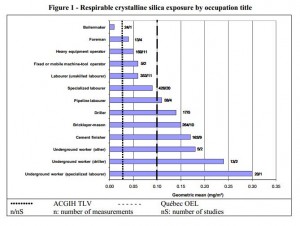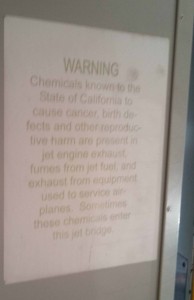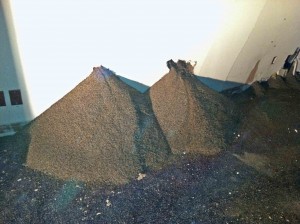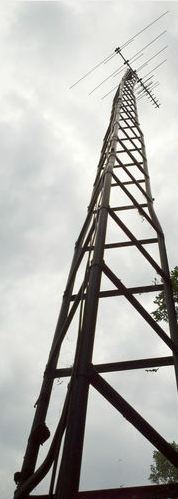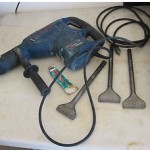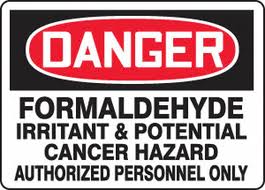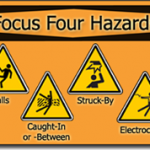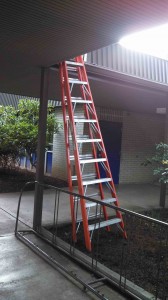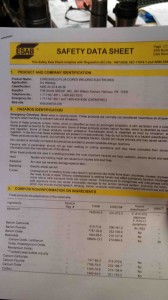Chromium in it’s elevated valence state, called Chromium 6, or hexavalent chromium is a known carcinogen and sensitizer. From a toxicological point of view, it has a really interesting exposure to disease path.
I’ve mentioned it before, but recently NIOSH reduced their suggested limit from 1.0 µg/m³ to 0.2 µg/m³ (80% reduction for you math wiz’es).  They base this on eye & skin irritation, respiratory damage & lung cancer. Yikes.
OSHA has listed their exposure limits, along with other’s recommended limits here.
The take-away from this reduction is the serious nature of Chromium 6. 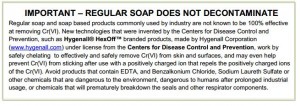 If you are dealing with this hazard, you should take more than just a little precaution. Even if your prior air monitoring data is below the Action & Exposure Limit, continue  to document and verify your employees are well below the regulatory & recommended limits. As you know, hexavalent chromium is a skin hazard and can be absorbed easily into your body. I would also suggest performing wipe samples (area & skin) & decontamination in areas where there is work activity with hexavalent chromium.
If you are dealing with this hazard, you should take more than just a little precaution. Even if your prior air monitoring data is below the Action & Exposure Limit, continue  to document and verify your employees are well below the regulatory & recommended limits. As you know, hexavalent chromium is a skin hazard and can be absorbed easily into your body. I would also suggest performing wipe samples (area & skin) & decontamination in areas where there is work activity with hexavalent chromium.
For most construction companies, investigate these areas:
- welding (any stainless steel?) See this earllier post, also here.
- hardfacing on equipment. See earlier post.
- Bridge painting – (or painting with chromates) OSHA’s new safety bulletin is here.
- Electroplating – OSHA’s safety bulletin is here.
- Anytime you heat, or work with chromate painted surfaces.
- Portland cement when working with it wet and on your skin. NIOSH has some information here. hint: Try adding ferrous sulfate to lower the Cr6.
And, if you don’t work in construction, but live in Garfield, NJ, you might have to pull your toenails out to prove you aren’t exposed to hexavalent chromium.
